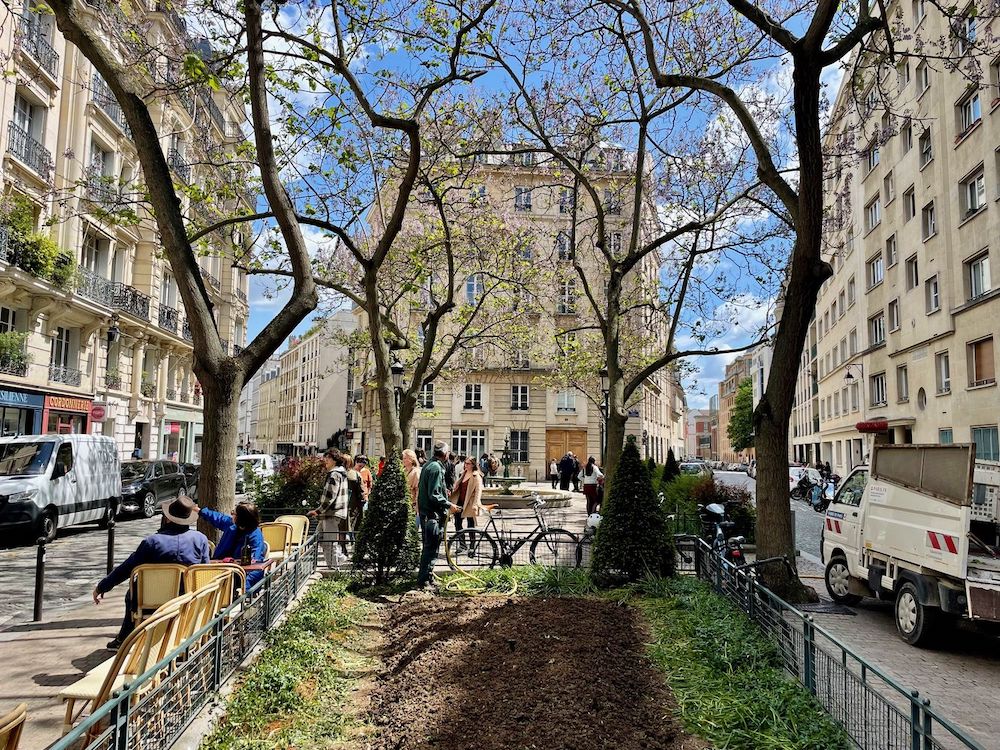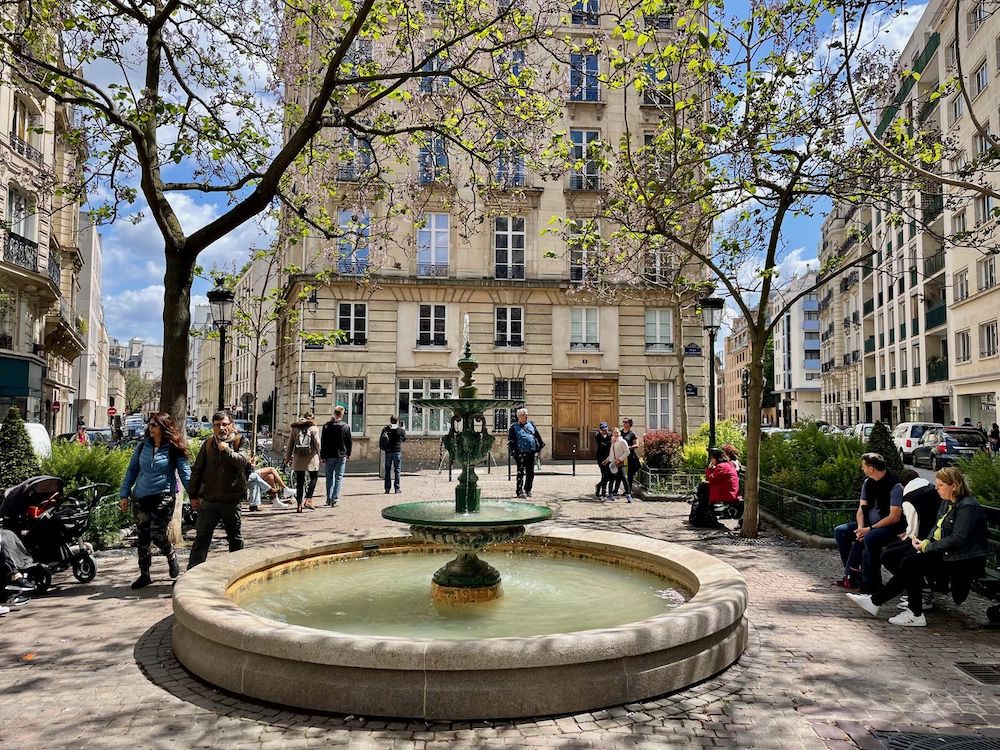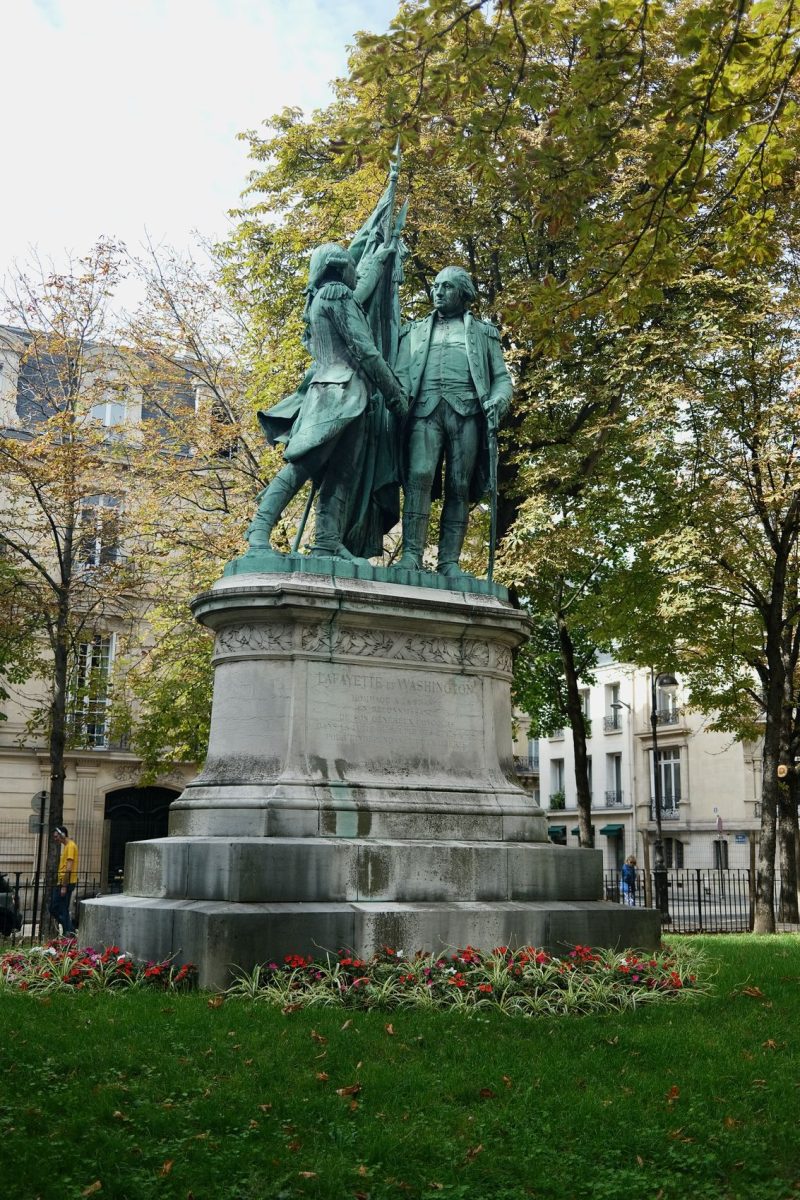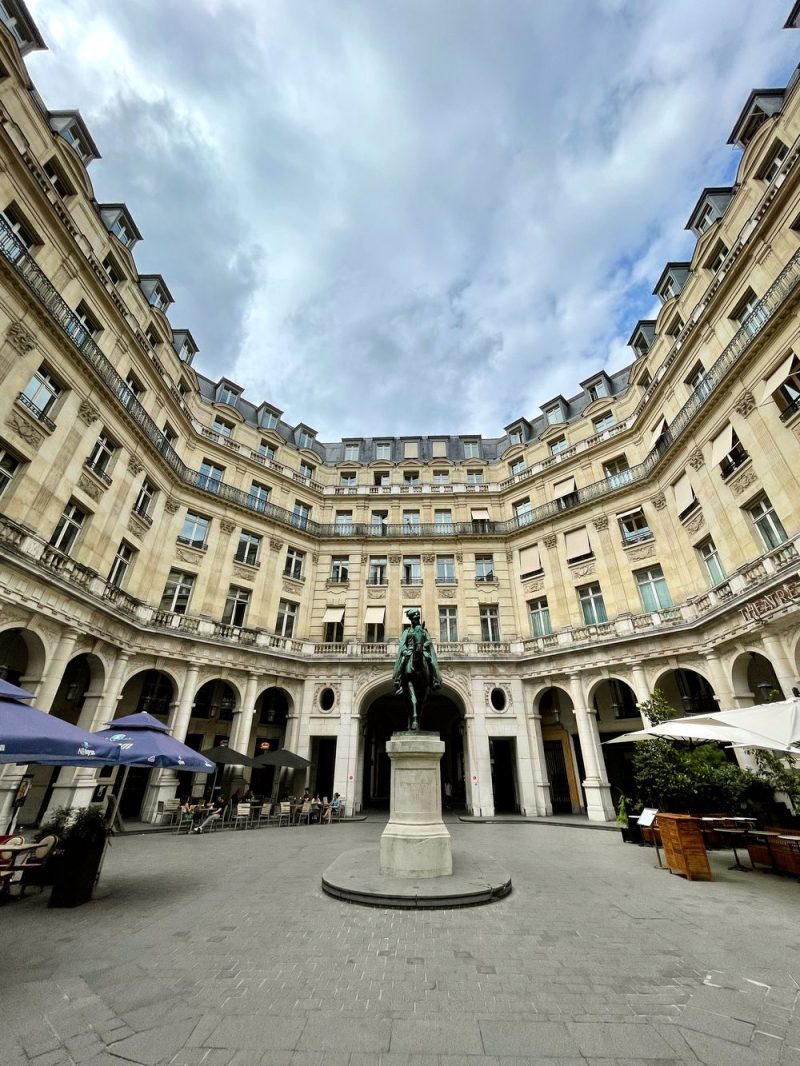Place de l’Estrapade Paris
Culture Travel may earn a commission through links on this website. As an Amazon Associate, we earn from qualifying purchases.
Nestled in the quaint Latin Quarter of Paris lies one of the city’s hidden gems – Place de l’Estrapade. As I wandered the cobblestone streets on a sunny spring afternoon, I turned a corner and stumbled upon this charming little square that felt almost frozen in time.
Surrounded by warmly-colored buildings with shuttered windows and flower boxes overflowing with crimson geraniums, Place de l’Estrapade harkens back to a bygone era. Though it sits in the shadow of the iconic Panthéon just steps away, this intimate urban plaza remains largely unchanged.
I was delighted to find this neighborhood square where locals gather to chat or play boules while children run through the central fountain laughing. Its newfound fame as the site of Emily’s apartment on the Netflix show Emily in Paris means there will always be tourists.
I’ll take you through the history of Place de L’Estrapade and why I believe this spot should be on your Paris itinerary if you wish to experience the city as the locals do. Let’s dive into the secrets of this charming Parisian square!
History
The Place de l’Estrapade is a square located in the 5th arrondissement of Paris, France. Its name originates from an infamous incident that occurred in the 17th century.
In 1630, during the reign of King Louis XIII, a rebellion known as the Day of the Dupes took place. This event involved a struggle for power between Cardinal Richelieu, the chief minister of the king, and his adversaries. A rumor spread that Richelieu had been dismissed, causing a celebration among his opponents. However, the king reaffirmed his support for Richelieu, leading to the arrest and punishment of the rebels.
Among those implicated was François de Montmorency-Bouteville, a nobleman and duelist who was condemned to death. However, he received a commutation of his sentence to a public whipping, followed by banishment from Paris. The punishment was carried out at what is now the Place de l’Estrapade. The word “estrapade” refers to a type of punishment involving being hung by the wrists and then dropped suddenly, causing intense pain.
The practice stopped in 1687 and the plaza was renewed.
Nevertheless, the square took on the name Place de l’Estrapade in remembrance of this event. Today, it is a relatively quiet square in the Latin Quarter of Paris, known for its charm, cafes, and proximity to notable landmarks such as the Panthéon and the Jardin des Plantes.








